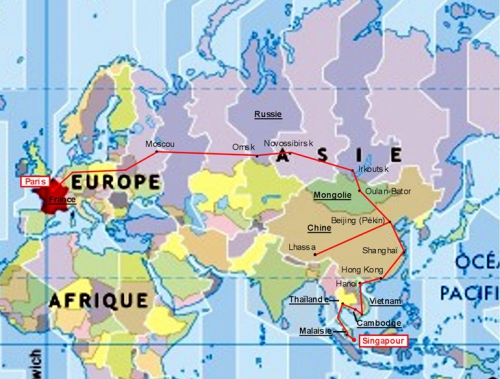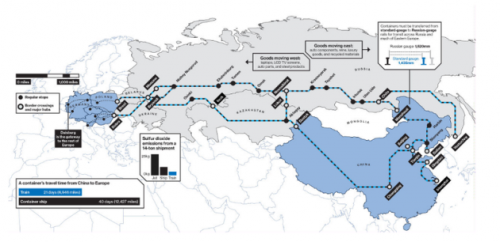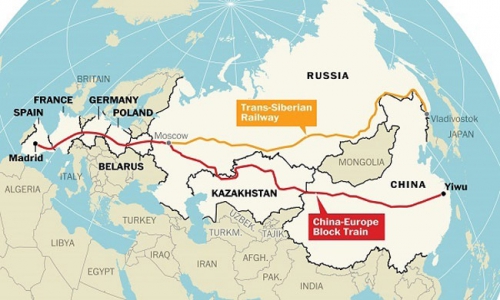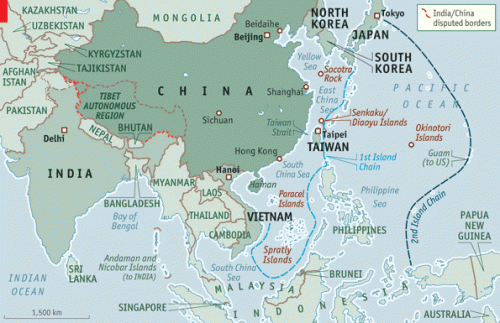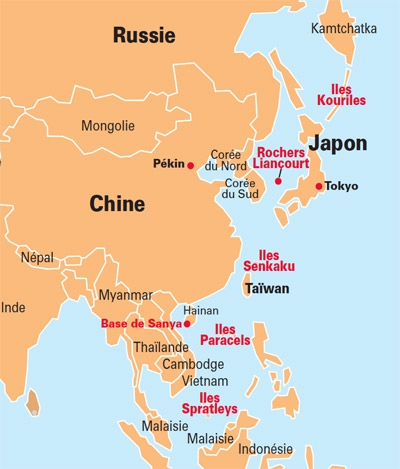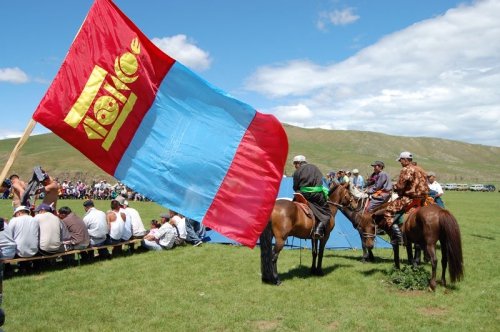Ex: http://journal-neo.org
Since the time the CIA financed and trained mone than one hundred thousand Mujahideen Islamic Jihadists, including a fanatical Saudi named Osama bin Laden, to wage a decade-long proxy war against forces of the Soviet Army in Afghanistan, Washington has been obsessed with the idea of penetrating deep into Central Asia in order to drive a wedge between China and Russia.
Early attempts in the wake of the post-2001 US forces’ presence in Afghanistan met with mixed success. Now it appears that Washington is frantically trying a repeat, even calling the ageing US Ambassador Richard M. Miles out of retirement to head a new try at a Color Revolution.
There seems to be a sense of urgency to Washington’s new focus on Central Asia. Russia is hardly buckling under from US and EU financial sanctions; rather she is looking more vibrant than ever, making strategic economic and military deals seemingly everywhere. And Russia’s Eurasian neighbor, The Peoples’ Republic of China, is laying plans to build energy pipelines and high speed rail links with Russia across Eurasia.
Washington appears now to be responding.
The problem with the Washington neoconservatives is that they aren’t very creative, in fact, in terms of understanding the larger consequences of their specific actions, they are rather stupid. And their shenanigens have become very well-known, not only in Moscow, but also in Uzbekistan, Kyrgystan and other Central Asian republics formerly part of the Soviet Union.
The Coming Eurasia Economic Boom
Central Asian republics, most especially Kyrgyzstan and Uzbekistan, are strategically located between China, Kazakhstan and Russia. They are also in the midst of the developing economic boom region that will follow China’s New Silk Road high-speed railway networks. Those rail networks will create a highly efficient land route, independent of possible US sea lane interference, to facilitate the rapidly-growing trade across Eurasia and potentially, if the hapless EU ever gets the courage to buck Washington, to Europe as well.
China recently made headlines with the establishment of its Asian Infrastructure Investment Bank (AIIB), a clear rival to the IMF and the US-controlled Asian Development Bank, when the UK, Germany, France and most every major nation—with exception of the USA, Canada, Mexico and Japan—rushed to be founding members and to get in on what promises to be the global economic locomotive for at least the next half century or more, if done right. The AIIB was founded by Beijing with its initial contribution of $50 billion, to partly finance the New Silk Road.
Recently Beijing also revived an earlier plan to build a rail link from China’s Xinjiang Province in far western to Uzbekistan across the territory of northern Kyrgyzstan. Their initial plans were derailed in 2005 when an earlier US-instigated Color Revolution made Kyrgyzstan too unstable.
On January 21, 2015 Kyrgyz President Almazbek Atambayev announced that his government was sending a delegation to Beijing to finalize details of the project launch.It will be a $2 billion 270 km-long rail link from Kashgar in the Xinjiang region of western China to Andijan in eastern Uzbekistan via Kyrgyzstan’s Naryn and Osh oblasts.
In a recent memo on the development, the UK Foreign Office notes that the rail project would have significant benefits for especially Uzbekistan and for China as well as advancing the overall Eurasian New Silk Road rail projects. They note that for China, it would create an additional land-based route through Central Asia for its exports to European markets, assuming it would connect into the existing Uzbek and Turkmen rail network running to the Caspian Sea. It would also improve Chinese access to gold, coal and other mineral deposits within Kyrgyzstan, a largely economically forgotten state since the dissolution of the Soviet Union in 1991 and Kyrgyzstan’s declaration of an independent republic.
For Uzbekistan, the Foreign Office memo notes that it would offer a new rail route for trade with Asia-Pacific markets. This would be especially important for the GM-UzDaewoo car assembly plant located in the Andijan region, which relies on regular imports of parts and components from South Korea. For Kyrgyzstan, it would offer the potential to earn transit fees of up to $200 million per year, by some estimates, in addition to creating up to 20,000 construction jobs during the implementation phase. As well there are the potential gains for opening Kyrgyzstan to significant Chinese mining investment, something the Kyrgyz economy sorely needs.
And in another geopolitical Eurasian economic advance, on April 9, Pakistan announced that, once US Iran sanctions are lifted, it will proceed with long-stalled construction of a $7.5 billion Iran-Pakistan natural gas pipeline that would pass through Pakistan’s port of Gwadar to the city of Nawabshah in southeastern Pakistan providing a desperately needed equivalent of 4500 Megawatts of electricity.
In 2014 Washington sabotaged the project by essentially bribing the financially-strapped Pakistan government with $1.5 billion in Saudi money if she were to abandon the project. Washington threatened Pakistan with penalties were they to violate US economic sanctions on Iran. Washington, like Wall Street, prefers to use other peoples’ money to advance their agenda. A year later, the Saudi money spent, Pakistan has announced the pipeline project will now go ahead. Pakistan has quietly secured a $2 billion loan from… China. The Pakistan segment of the pipeline will be 485 miles, funded by a Chinese loan and construction would be undertaken by China’s CNPC state energy company. Iran has already completed its 560-mile segment of the pipeline.
Washington Scrambles to Sabotage
With the explosion of trans-national Eurasian economic linkages, rail and pipeline, Washington has realized it must react if they are not to be outflanked by the states of the Shanghai Cooperation Organization—Russia, China, Uzbekistan, Kyrgyzstan, Kazakhstan.
Not only that, also in January 2015 Russia, Belarus, Kazakhstan and Armenia launched their Eurasian Economic Union with Kyrgyzstan planning to join. That’s the same economic union which Ukraine’s democratically-elected President Viktor Yanukovich opted to join rather than accept the paltry proposal of an EU Associate Membership status. Washington’s Assistant Secretary of State Viktoria Nuland and the usual gaggle of neoconservative warhawks launched the Maidan Square Twitter protests and the February 2014 coup d’etat partly to block that Ukraine move.
So it’s worth noting that in late March 2015, the Kyrgyz newspaper Delo No, reported that a mysterious Ukrainian aircraft delivered 150 tons of cargo with the status of “diplomatic mail” to the US Embassy in the Kyrgyz capital Bishkek late last month. The status diplomatic mail meant it could not be inspected by Kyrgyz customs police. Apparently the US Embassy staff in Bishkek are furious letter writers.
The paper reported that the cargo was delivered during two separate flights by an AN-124 transport jet of the Ukrainian air carrier Antonov Avialinii between March 28 and March 30, and each time the plane was en route from the UAE capital Abu Dhabi to the Manas international airport. Hmmm.
It’s worth noting that in November 2013, the US Embassy in Kiev also received “diplomatic cargos” that were delivered by US Air Force transport aircraft. Former Ukrainian Security Service chief Alexander Yakimenko was quoted by Russia’s Vesti.ru news network as saying that the Kiev cargos included boxes with 60 million dollars in small bills that were distributed to protesters at Kiev’s Maidan Square during anti-government riots in late 2013—Victoria Nuland’s idea of democracy. Until April 2014 the US Government had maintained a strategic airbase at Manas in Kyrgyzstan totally immune from Kyrgyz inspection. Reports were rampant at the time that US military cargo laden with Afghan heroin landed there en route to Russia and the EU.
In November, 2014 Collective Security Treaty Organization (CSTO) head, Nikolay Bordyuzha, accused the West of attempting to destabilize CSTO countries. The Collective Security Treaty Organization is a security alliance of former Soviet states, Armenia, Belarus, Kazakhstan, Kyrgyzstan, Russia and Tajikistan to cooperate in strategic issues amongst the member states.
Bordyuzha charged that activities of “NGO’s financed by Western Agents” have increased in the region. Bordyuzha accused the West of destabilizing the situation in the CSTO countries. As proof he cited a “disproportionate increase in the number of officials in Western embassies, especially those of the US as well as the activation of the work of the many NGOs financed by Western grants.” He noted that just before the launch of Washington’s Kiev coup d’etat, the number of US Embassy personnel in Kiev exploded to a staggering 1,500, that for a country whose only interest to Washington is to drive a wedge between Russia, China and the EU.
Then on February 5 this year, the US State Department announced that it had hauled out 78-year-old retired Color Revolution maker, Richard M. Miles, as “Charge d’Affaires ad Interim” at the US Embassy in Bishkek, Kyrgyzstan. Miles was the point person behind the CIA “Rose Revolution” that fraudulently installed Washington’s hand-picked Mikhail Saakashvili as President of the Republic of Georgia as well as similar dirty operations in the 1990’s in Azerbaijan where BP and the US oil companies wanted to build an oil pipeline from Baku to Ceyhan via Georgia to avoid the existing Russian oil line running through Chechnya.
The appointment of Miles came at the same time US State Department Assistant Secretary, Victoria Nuland, the neoconservative former Dick Cheney assistant and ex NATO Ambassador who was key point person for the Kiev coup of 2014, travelled to the Southern Caucasus to visit the governments of Georgia, Armenia and Azerbaijan. Washington clearly aims to wreak havoc in the form of Color Revolutions across Central Asia, in order to sabotage the rapidly-developing Eurasian economic developments. Kyrgyzstan is especially strategic to that aim as chaos there immediately threatens China, Russia and Kazakhstan economic cooperation.
We can expect a new wave of Washington-orchestrated Color Revolutions across Kyrgyzstan and Central Asia. It will likely also include Baluchistan in Pakistan where radical Jihadists, backed by the CIA, are being prepared to sabotage the Iran-Pakistan-China gas pipeline that passes through Baluchistan as well. It’s all a bit tiresome, but a Superpower in decay is not generally the most creative.
F. William Engdahl is strategic risk consultant and lecturer, he holds a degree in politics from Princeton University and is a best-selling author on oil and geopolitics, exclusively for the online magazine “New Eastern Outlook”.
First appeared: http://journal-neo.org/2015/05/05/what-s-washington-doin-in-central-asia-now/



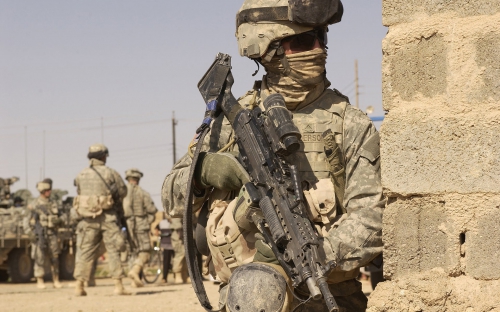

 del.icio.us
del.icio.us
 Digg
Digg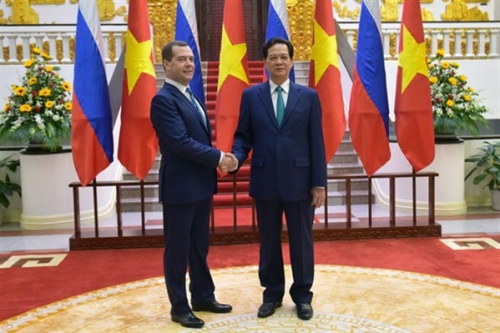
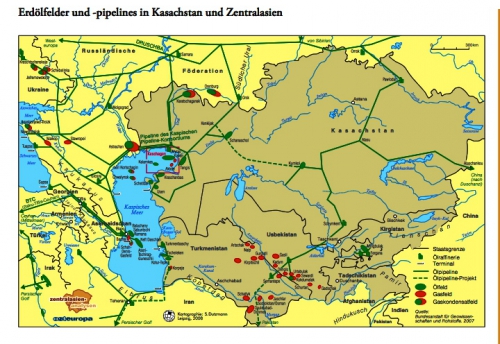
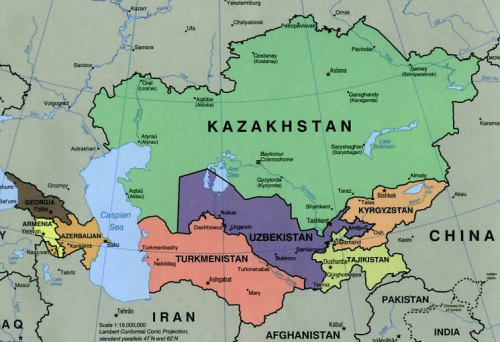
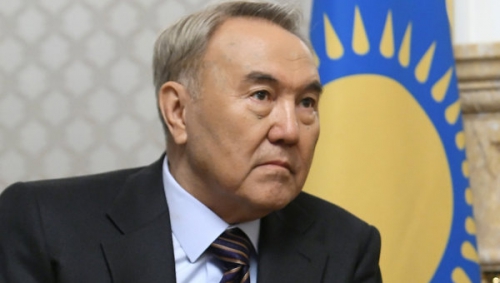
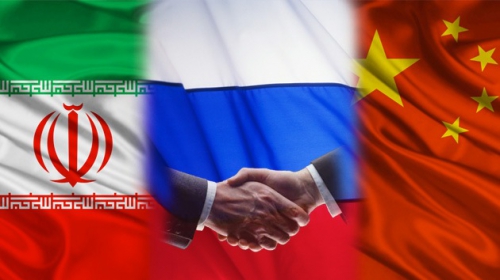



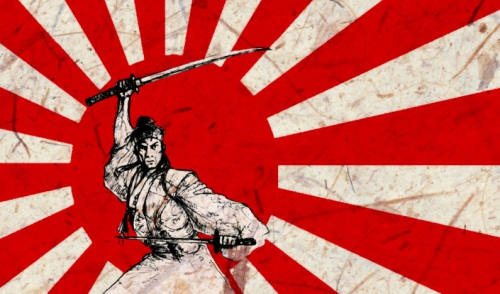
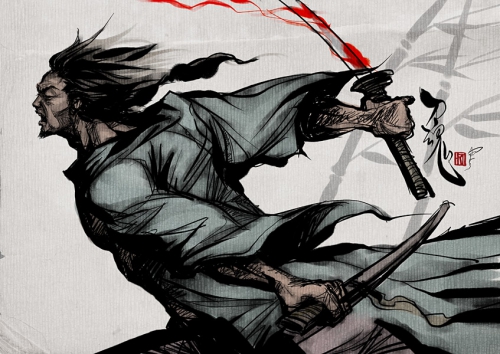

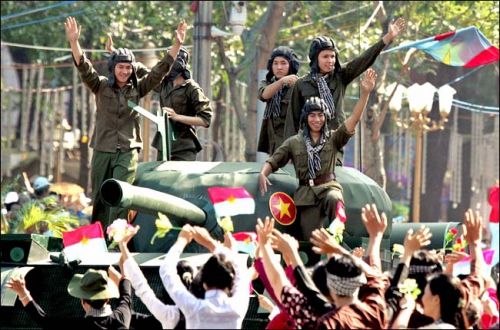
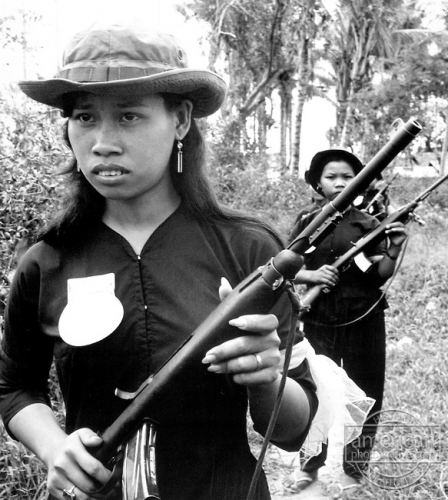


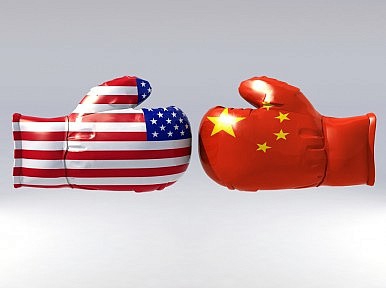 Cependant, désormais d’autres groupes ethniques ont été encouragés par les affrontements, ils
Cependant, désormais d’autres groupes ethniques ont été encouragés par les affrontements, ils 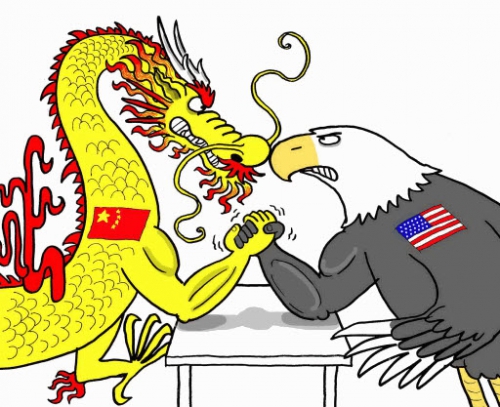
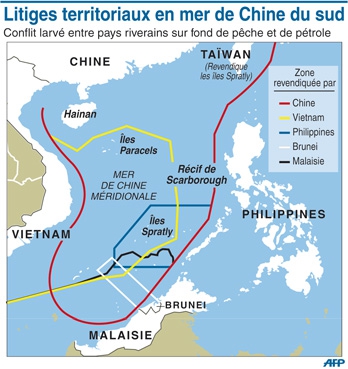 Ce qui compte le plus ici n’est pas de savoir si les Philippines peuvent gagner (ce qui est hautement improbable), mais le fait qu’elles puissent devenir une ‘Ukraine d’Asie du Sud-Est’, faussement dépeintes par les médias mainstream comme victimes d’une grande puissance non-occidentale (alors qu’en réalité les rôles ont été inversés) et partiellement sacrifiées afin de servir de cri de ralliement pour la concrétisation de la CEC. Non seulement la CEC serait-elle formalisée par un tel scénario, mais tous les partenaires officiels et non-officiels des Philippines pourraient également inonder la Mer de Chine du Sud de leur soutien, y établissant peut-être même une présence permanente de facto (même si il y est plutôt fait référence comme étant une présence ‘
Ce qui compte le plus ici n’est pas de savoir si les Philippines peuvent gagner (ce qui est hautement improbable), mais le fait qu’elles puissent devenir une ‘Ukraine d’Asie du Sud-Est’, faussement dépeintes par les médias mainstream comme victimes d’une grande puissance non-occidentale (alors qu’en réalité les rôles ont été inversés) et partiellement sacrifiées afin de servir de cri de ralliement pour la concrétisation de la CEC. Non seulement la CEC serait-elle formalisée par un tel scénario, mais tous les partenaires officiels et non-officiels des Philippines pourraient également inonder la Mer de Chine du Sud de leur soutien, y établissant peut-être même une présence permanente de facto (même si il y est plutôt fait référence comme étant une présence ‘

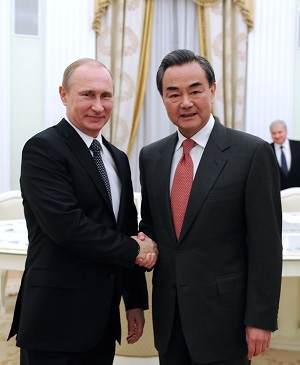 A Moscou, Wang a souligné à la fois la politique Look East de la Russie et celle de la Chine Go West – qui englobent essentiellement l'immense projet de Nouvelles Routes de la Soie – disant que ce projet « a créé des opportunités historiques pour l'amarrage des stratégies de développement des deux pays. »
A Moscou, Wang a souligné à la fois la politique Look East de la Russie et celle de la Chine Go West – qui englobent essentiellement l'immense projet de Nouvelles Routes de la Soie – disant que ce projet « a créé des opportunités historiques pour l'amarrage des stratégies de développement des deux pays. »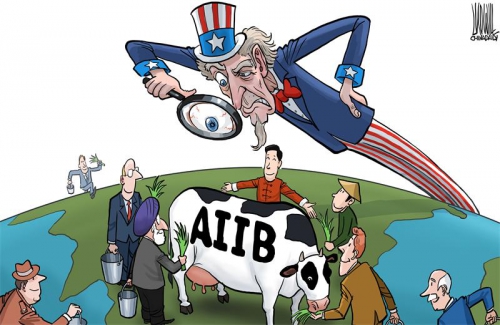
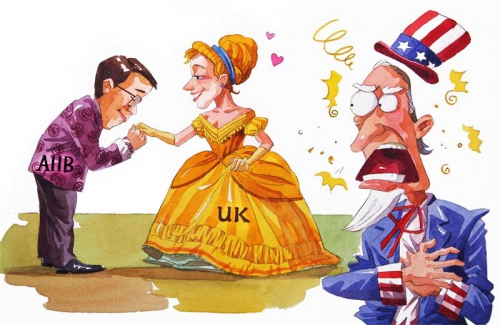
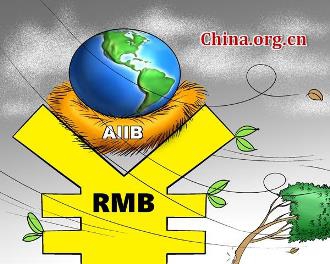 Le 17 mars, à Pékin. Martin Schulz, le président du Parlement européen a qualifié de « bonne chose » les
Le 17 mars, à Pékin. Martin Schulz, le président du Parlement européen a qualifié de « bonne chose » les 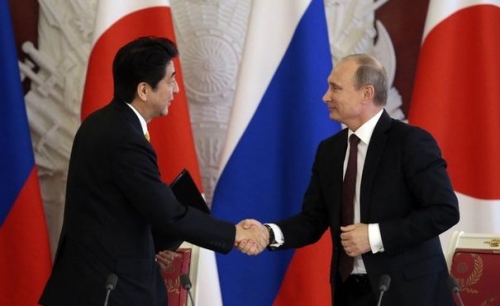


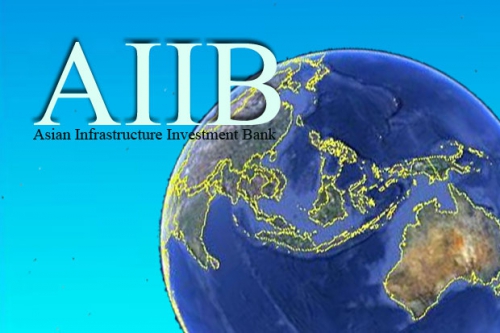
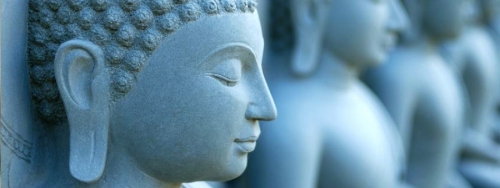
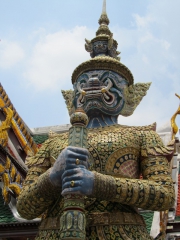 Celui qui l’a appris à ses dépens, c’est un Néo-Zélandais, gérant de bar en Birmanie (Myanmar, SVP), un certain Phil Blackwood, condamné à deux ans et demi de prison pour avoir portraituré Bouddha avec des écouteurs sur la tête, juste histoire de faire de la publicité pour son bar, « lounge », évidemment. Eh oui, le bouddhisme, ce n’est pas forcément la fête du slip tous les dimanches. Le Phil Blackwood en question a eu beau s’excuser, battre coulpe et montrer patte blanche : pas de remise de peine et case prison direct.
Celui qui l’a appris à ses dépens, c’est un Néo-Zélandais, gérant de bar en Birmanie (Myanmar, SVP), un certain Phil Blackwood, condamné à deux ans et demi de prison pour avoir portraituré Bouddha avec des écouteurs sur la tête, juste histoire de faire de la publicité pour son bar, « lounge », évidemment. Eh oui, le bouddhisme, ce n’est pas forcément la fête du slip tous les dimanches. Le Phil Blackwood en question a eu beau s’excuser, battre coulpe et montrer patte blanche : pas de remise de peine et case prison direct.